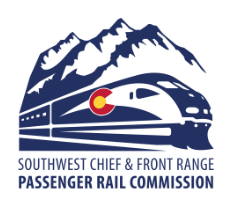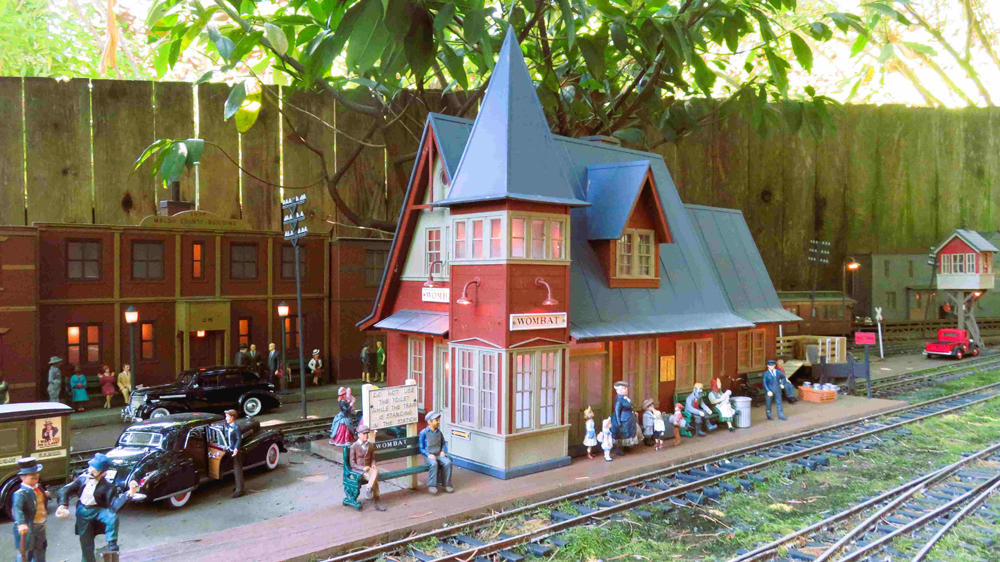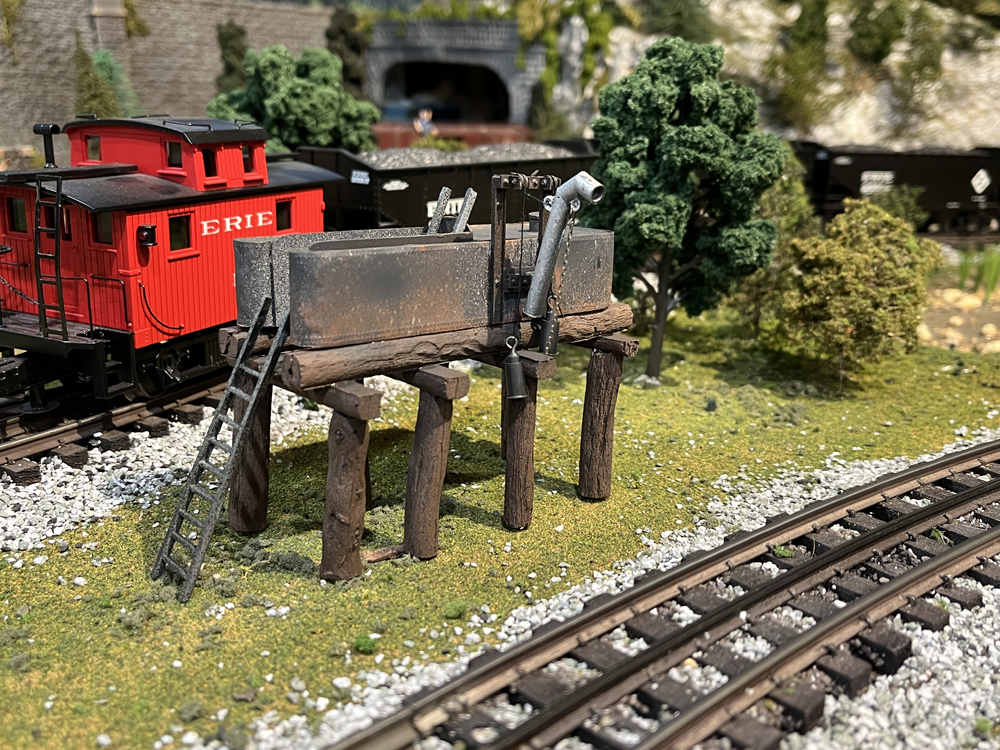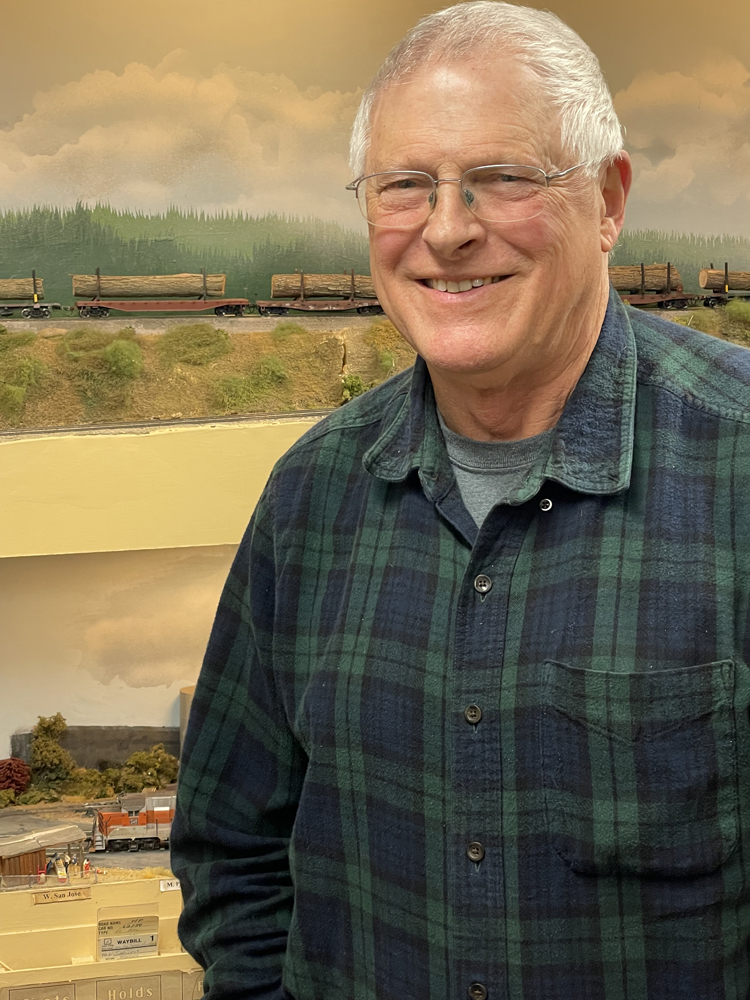DENVER — Colorado officials are soliciting proposals to study the feasibility of rail passenger service along the Front Range with a 173-mile corridor from Pueblo to Fort Collins.
The request from the Southwest Chief & Front Range Passenger Rail Commission, along with the Colorado Department of Transportation, has issued the request for proposals to study rail and other options for the corridor, which contains 85% of the state’s population and is projected to grown from a population of 4.9 million in 2020 to 6.6 million in 2045.
“The Commission is excited to explore how passenger rail can bring sustainable and real congestion relief along our Front Range,” Passenger Rail Commission Chair Jill Gaebler said in a press release. “As our population grows, the I-25 corridor will continue to be a vital link to our economy, moving people and goods while improving connectivity and allowing Colorado to flourish.”
The commission recently hired its first project director, Randy Grauberger, to help oversee the Front Range project. Grauberger recently talked about the project with Trains News Wire and had indicated the request for proposals could be expected by June 1. [See “New director sees momentum for Colorado Front Range passenger rail,” April 2, 2019.]










The I-25 corridor is a nightmare for drivers. The study should be for the entire route between Albuquerque and Cheyenne. And no, electric cars are not the answer to highway congestion. With the implementation of precision scheduled rail, wouldn’t an opening be provided for passenger rail?
Would this involve reclaiming the land that provided access to the south from Union Station in Denver? Or will backup moves into/out of the station be put into practice?
Re: Can’t Colorado learn from other states experiences?
The Capitol Corridor between San Jose and Sacramento is doing nicely. It depends on how congested the highways are as to how well a corridor will work.
(This, of course, assumes that decimating peasant hovels to widen the congested freeways isn’t an option. Granted, it has always been accepted that peasants are expendable, but – who knows – maybe there’s a limit to what the peasants will put up with.)
This will wind up as a big waste of money. Can’t Colorado learn from other states experiences?
GERALD – If massive and profitable freight traffic over the decades hasn’t led to new track, how can money-losing passenger trains support capacity enhancement?
The old ROW south of Union Station has several new high rise buildings on it. They painted themselves in a corner.
Just a thought,
If the trainset were to be a push pull set doing the backup move might be less of a problem.
The legacy bridges over Cherry Creek are still there, but they are for pedestrian use now. The area is built up with condos, so I would imagine they would have to build a tunnel starting at the Pepsi Center going north.
John Privara,
People might feel your comments are relevant if they actually discussed the subjects, instead of projecting your personal distaste for how our society works. As for this study, hopefully they include the cost of adding a second track to those area(s) that are currently single track, that will be the biggest cost for doing rail service in that corridor.
Good Point Mr. Degges. If they can’t find a way to do this without the backup move why bother.